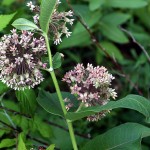by Catherine Haug, March 2014 (photo, right by Keith Blaylock)
Check out a very informative and entertaining series of short videos that explores new vocabulary associated with farming, food security, and other sustainability topics. From the Lexicon of Sustainability home page:
“For the past three years we have conversed with the foremost practitioners of sustainability in food and farming. They have shared their insights and experiences… and contributed their words to our rapidly growing Lexicon of Sustainability. To spread their knowledge our photography project has grown to include short films, study guides, traveling shows, a book and lastly a website where people can add their own terms to this ever-evolving lexicon.”
Read on for more about, and links to the videos. (more…)



